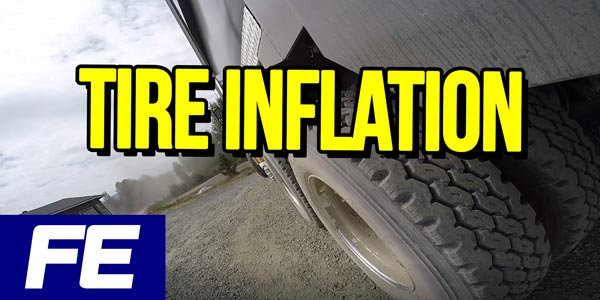Focus on steer axles: The importance of application and how they work with brakes and tires
“Location, location, location” is a well-known real estate industry mantra; in the fleet world, we can change that to “application, application, application.” There’s no part or component on the truck that isn’t affected by the application the truck runs in, and this should be the first thing on any fleet manager’s mind when spec’ing a

Fleet Equipment’s Truck Trend of the Year 2018: Telematics & Data
With each passing year, the capabilities of data-driven fleet solutions have grown and so too has the importance of understanding those capabilities and what they mean, both to you and those you work with. This year, things are at a head. Truck data is no longer something whose importance will be most felt in the

Data integration: Who has access to your data?
As truck data tracking becomes more precise and telematics capabilities continue to grow, it’s important to know the details about everyone you work with—and everyone they work with. There has been no shortage of integration between companies, all of whom specialize in different aspects of telematics—whether that’s providing the platform, tracking the data, providing routing

Watch: Let’s talk electric trucks and electric axles
While electric trucks, in both hybrid and pure electric forms, are being built now, the biggest focus for electrification is on the future, and that applies just as much to the axles that power these trucks. After all, in an electrified powertrain, with no engine present, it’s the axle that controls the power that moves
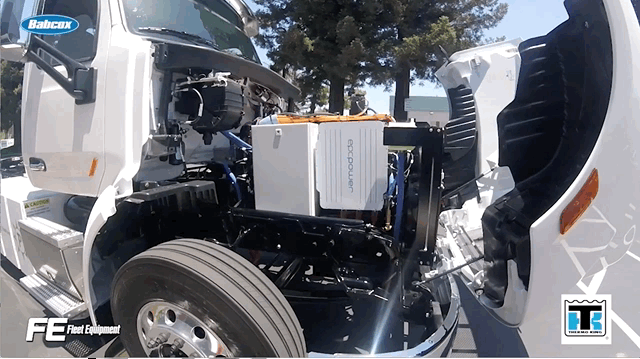
The lowdown on engine components
A growing trend when it comes to engine oil is that many fleets are employing extended oil drain intervals for their trucks. This can be a time- and cost-saving practice, but only if your trucks are in an application that supports extended oil drain intervals. If it does end up being a smart move to go with extended oil drain intervals, know that your filtration system can handle it.
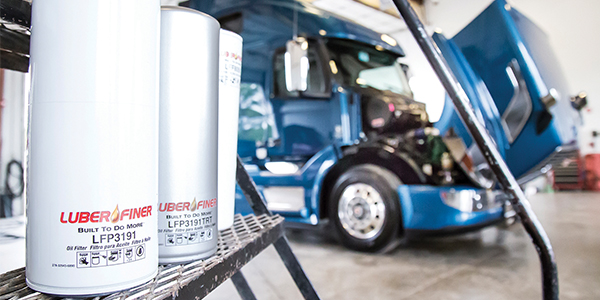
Watch: Let’s talk aftertreatment systems
Aftertreatment systems (ATS) have led to a significant reduction in the emissions pouring from the engine. However, they’ve acquired a reputation as a thorn in fleets’ sides thanks to significant maintenance costs. Engine manufacturers are well aware of this, and newer ATS have been optimized and improved to avoid these kinds of problems. Watch the
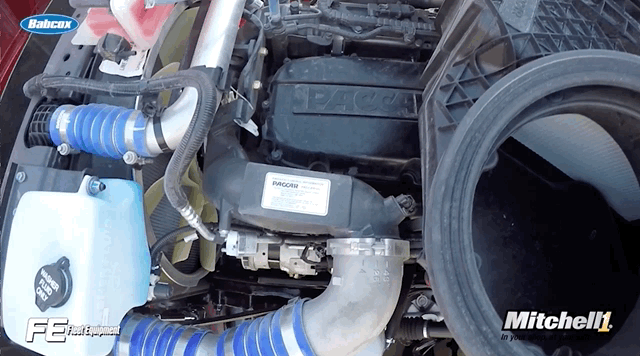
Five truck trend takeaways from November
We know it’s not easy to keep up with everything that happens in the world of trucking. So here are the biggest stories from November focused on the latest truck trends, all in one place.

Reward trucks and the driver shortage
The driver shortage is ongoing and shows no signs of stopping. “We need about 90,000 drivers a year coming into our industry, and we’re about 50,000 short today,” outgoing ATA Chairman Dave Manning said in a recent speech. “We project that to be 125,000 short in the next six years. “We have a workforce policy
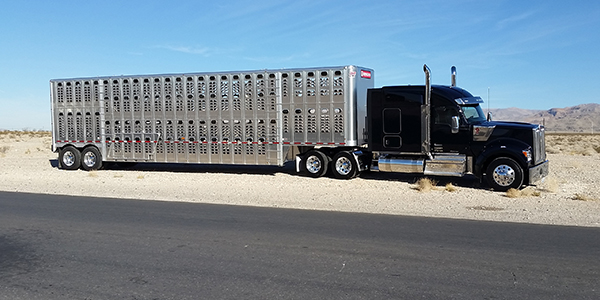
How the right data can increase your chance of a successful warranty claim
A truck’s warranty is like a ticking clock, with only a short window of time for a part’s fault (if it has one) to reveal itself. There’s little more frustrating than having a 45-day warranty and having something break on day 46. Adding to the complexity of the process is the need to do everything

Watch: Let’s talk tire inflation (part 2)
If you saw last week’s episode of On the Road, you know the importance of keeping your tire inflation correct—not too much, and not too little. If you didn’t see that episode, you can watch it here. Today’s tire technology offers several methods of keeping your tires at the proper level of inflation. There are
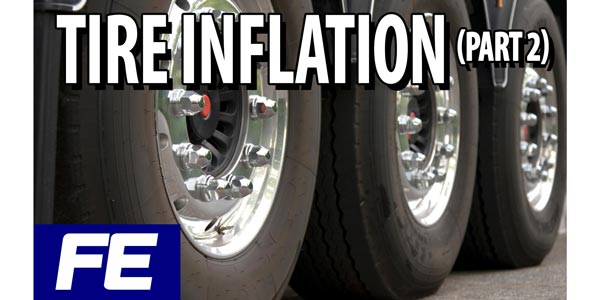
A look at the warranty process
Many OEMs offer multiple processes for warranty claims depending on the type of fleet that is filing the claim. Smaller fleets can work with a local dealer who files a claim on behalf of that fleet, requiring minimal knowledge or input from the fleet; while larger fleets with their own warranty department will have the

Watch: Let’s talk tire inflation (part 1)
The importance of proper tire inflation can not be overstated. Under-inflation is the biggest issue in the truck tire industry and the number one cause of premature wear-out. Under-inflated tires build up excessive heat, and this can result in a variety of negative outcomes including: poor fuel economy, irregular wear, improper vehicle handling and even
